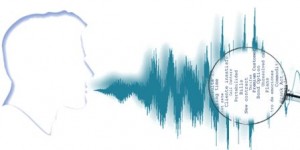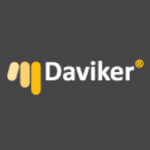Speech analytics software offers a myriad of benefits to the contact centre industry.
As this has become more widely known, demand for the technology is at an all-time high. But where did it all begin? Daviker examines the origins of speech analytics technology and find out just how far it’s come.
Californian-b
Surprisingly, you don’t have to travel that far back in time to find the beginning.
The first real speech analytics solution was introduced just 14 years ago, in 2002. Developed by Californian company UTOPY, speech analytics was primarily thought of as a word-spotting technology. It required a highly-skilled analyst to know which words to search for in order for it to deliver business value.This made the ROI difficult to predict, and the software struggled to get off to a soaring start.

However, it was soon established that this ‘word-spotting’ technology could be used to improve training efficacy and therefore optimise employee performance – on all workforce tiers. With calls organised in a ‘best-of-class’ hierarchy, contact centre managers worldwide were able to use speech analytics to quickly identify words, phrases, and other skills that were being used by the most successful agents to close sales or close cross-sell opportunities.
By basing training techniques on these results, many companies were seen to improve sales rates by 40% or over – ROI stats that were swiftly picked up by the rest of the industry. Previously, speech analytics has been reserved for government agencies, but with this sort of potential, this software was soon booming in the private sector.

These days, speech analytics can be programmed so that key phrases can be monitored and ‘checked-off’ in real time – so that contact centre agents can be confident that they’re on the right track during every single call. This is also useful for ensuring that all calls are compliant, as required information can be monitored on every call. Modern systems even alert agents when information is missing, and are able to call for supervision or advice.
The mounting popularity of ‘audio-mining’
The ability to automatically mine unstructured data (i.e voice conversations) offers many insights on areas such as Agent training efficancy, Compliance, Customers’ buying tendencies, Industry trends,Demand issues, and Product problems
The ability to analyse all of the above can present unique performance optimisation opportunities – hence, the mounting popularity of speech analytics today.
With this bounty of benefits, upward trajectory is expected to continue; experts predict that the speech analytics market will climb by 16 percent in 2016 and by 2019 be worth an estimated £93million.
Additional Information
For additional information about Daviker and their range of speech analytics solutions Click Here




